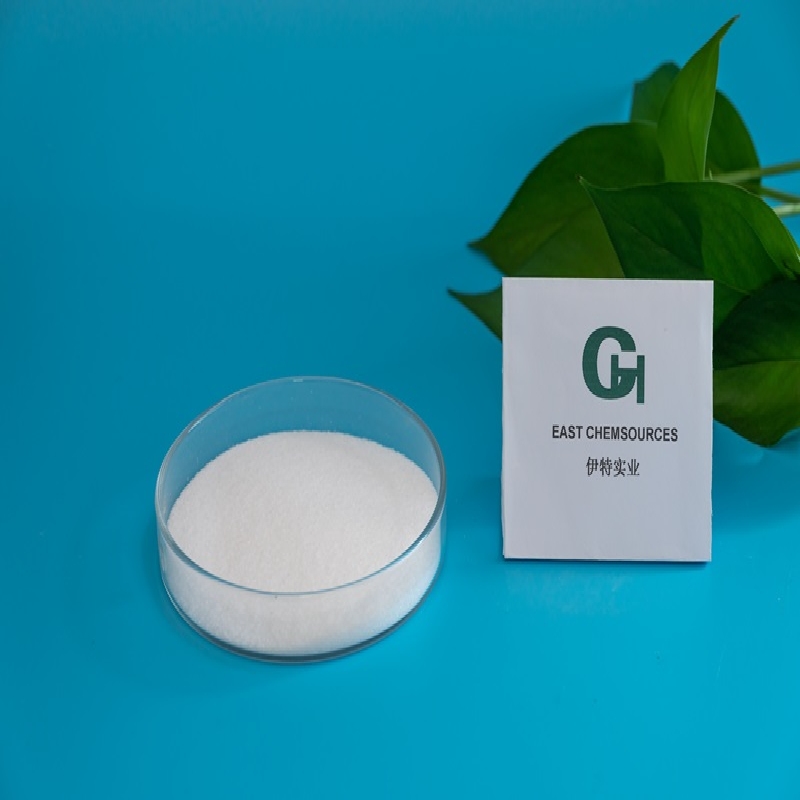-
Categories
-
Pharmaceutical Intermediates
-
Active Pharmaceutical Ingredients
-
Food Additives
- Industrial Coatings
- Agrochemicals
- Dyes and Pigments
- Surfactant
- Flavors and Fragrances
- Chemical Reagents
- Catalyst and Auxiliary
- Natural Products
- Inorganic Chemistry
-
Organic Chemistry
-
Biochemical Engineering
- Analytical Chemistry
- Cosmetic Ingredient
-
Pharmaceutical Intermediates
Promotion
ECHEMI Mall
Wholesale
Weekly Price
Exhibition
News
-
Trade Service
The REACH and REACH-2 studies are randomized, placebo-controlled, double-blind, multi-center, phase 3 clinical studies to evaluate the use of ramucirum in patients with hepatocellular carcinoma (HCC) who have previously received sorafenib treatment and have progressed or are intolerant.
The efficacy of anti (Ramucirumab)
.
Patients received intravenous ramucirumab (8mg/kg) or placebo (random 1:1 for REACH; random 2:1 for REACH-2) every 2 weeks, combined with the best supportive treatment until disease progression, unacceptable toxicity or death
The REACH and REACH-2 studies are randomized, placebo-controlled, double-blind, multi-center, phase 3 clinical studies to evaluate the use of ramucirum in patients with hepatocellular carcinoma (HCC) who have previously received sorafenib treatment and have progressed or are intolerant.
This study is a meta-analysis of patient data from the REACH study (AFP≥400 ng/mL) and the REACH-2 study
.
All patients had Child-Pugh A, ECOG score 0-1, had received sorafenib, BCLC B or C of the period
This study is a meta-analysis of patient data from the REACH study (AFP≥400 ng/mL) and the REACH-2 study
Fifty-two BCLC-B stage (ramucirumab, N = 30, placebo, N = 22) patients and 490 BCLC-C stage (ramucirumab, N = 286; placebo, N = 204) patients were included for analysis
Research Overview
Research overview Research overviewRegardless of BCLC-B or C stage, patients receiving ramucirumab benefited from OS and PFS compared with placebo
.
In the total population, the median OS of the Ramucirumab group and the placebo group were 8.
Regardless of BCLC-B or C stage, patients receiving ramucirumab benefited from OS and PFS compared with placebo
OS analysis
OS analysisIn the total population, the median PFS of the Ramucirumab group and the placebo group were 2.
8 and 1.
5 months (HR (95% CI), 0.
57 (0.
47–0.
69)), respectively; patients with BCLC-B, the Ramucirumab group and the placebo group The median PFS were 4.
2 and 2.
8 months (HR (95% CI), 0.
33 (0.
17–0.
64)), respectively; the median PFS of BCLC-C patients, the Ramucirumab group and the placebo group were 2.
8 and 1.
5 months, respectively ( HR (95% CI), 0.
60 (0.
49–0.
74))
.
8 and 1.
5 months (HR (95% CI), 0.
57 (0.
47–0.
69)), respectively; patients with BCLC-B, the Ramucirumab group and the placebo group The median PFS were 4.
2 and 2.
8 months (HR (95% CI), 0.
33 (0.
17–0.
64)), respectively; the median PFS of BCLC-C patients, the Ramucirumab group and the placebo group were 2.
8 and 1.
5 months, respectively ( HR (95% CI), 0.
60 (0.
49–0.
74))
.
In the total population, the median PFS of the Ramucirumab group and the placebo group were 2.
PFS analysis
PFS analysisAmong BCLC-B patients, the objective response rate (ORR) and disease control rate (DCR) of the Ramucirumab group were 17% and 80%, respectively, and those of the placebo group were 5% and 59%, respectively; in the BCLC-C patients, Ramucirumab The ORR and DCR of the group were 4% and 54%, respectively, and that of the placebo group were 1% and 35%, respectively
.
.
Efficacy analysis
Efficacy analysisAdverse events (AEs) are consistent with the observations of the two studies; hypertension is the most common grade 3 AE
.
Throughout the study, liver function remained unchanged, and the liver function of patients in the two treatment groups was similar in different BCLC stages
Adverse events (AEs) are consistent with the observations of the two studies; hypertension is the most common grade 3 AE
In summary: Regardless of the BCLC stage, Ramucirumab treatment can achieve survival benefits, and it is well tolerated during the treatment period and does not cause damage to liver function
.
Regardless of the BCLC stage, Ramucirumab treatment can achieve survival benefits, and it is well tolerated during the treatment period and does not cause damage to liver function
.
Regardless of the BCLC stage, Ramucirumab treatment can achieve survival benefits, and it is well tolerated during the treatment period and does not cause damage to liver function
.
Original source:
Original source:Masatoshi Kudo, Richard S.
Finn, Manabu Morimoto, et al.
Ramucirumab for Patients with Intermediate Stage Hepatocellular Carcinoma and Elevated Alpha-Fetoprotein: Pooled Results from Two Phase 3 Published Studies (REACH and REACH-2).
DOI: 10.
1159/000516605.
online: July 12, 2021.
Finn, Manabu Morimoto, et al.
Ramucirumab for Patients with Intermediate Stage Hepatocellular Carcinoma and Elevated Alpha-Fetoprotein: Pooled Results from Two Phase 3 Published Studies (REACH and REACH-2).
DOI: 10.
1159/000516605.
online: July 12, 2021.
Leave a message here







